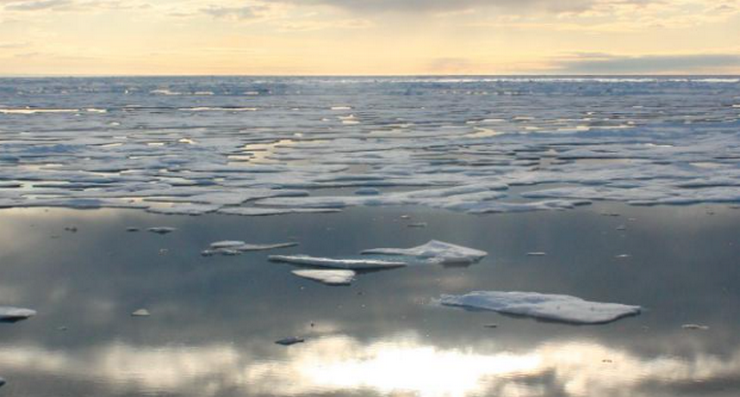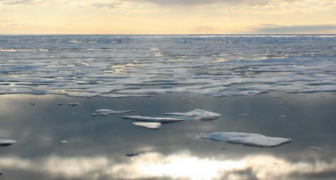
Sunlight glints off patches of ice in the Chukchi Sea, a part of the Arctic Ocean. NASA’s PREFIRE mission to Earth’s polar regions will explore how a warming world will affect sea ice loss, ice sheet melt, and sea level rise. Credit: NASA/Kathryn Hansen
NASA’s Jet Propulsion Laboratory in Pasadena is playing a pivotal role in the upcoming PREFIRE mission, a groundbreaking effort to study the Earth’s polar regions and their role in global climate change. The mission, which involves the launch of two CubeSats, is set to begin in spring 2024 and aims to fill critical gaps in our understanding of Earth’s energy budget and the effects of global warming.
JPL’s Role in PREFIRE
JPL’s contribution to PREFIRE is centered around the design and miniaturization of the mission’s key instruments: thermal infrared spectrometers. These instruments, which are similar to technology used on NASA’s Mars Reconnaissance Orbiter, will measure the full spectrum of heat loss from the Earth’s polar regions for the first time. This data is crucial for making climate models more accurate.
Brian Drouin, the scientist and deputy principal investigator for PREFIRE at JPL, emphasized the importance of this mission, stating, “We have the potential to discover some fundamental things about how our planet works.” He highlighted the significant uncertainty in climate projections due to limited knowledge about the poles and their efficiency in emitting radiation into space.
Innovative Technology and Launch Details
The CubeSats, each about the size of a shoebox, will carry JPL-designed instruments that include specially shaped mirrors and detectors for splitting and measuring infrared light. The challenge of miniaturizing these instruments to fit on CubeSats was met by the PREFIRE engineering team, who developed a scaled-down design optimized for Earth’s warmer conditions.
The satellites are scheduled to launch from New Zealand two weeks apart in May 2024. They will orbit Earth along different paths, providing overlapping coverage near the poles every few hours.
Impact of Polar Changes on Global Climate
The Arctic has warmed at least three times faster than any other region on Earth since the 1970s, with significant reductions in winter sea ice. Similarly, Antarctica’s ice sheets are losing mass, contributing to global sea level rise. These changes have profound implications for weather patterns and ecosystems around the world.
Tristan L’Ecuyer, a professor at the University of Wisconsin-Madison and the mission’s principal investigator, explained, “If you change the polar regions, you also fundamentally change the weather around the world.” He pointed out that extreme weather events, such as storms, flooding, and coastal erosion, are influenced by conditions in the Arctic and Antarctic.
Enhancing Climate Models
The PREFIRE mission will provide new data on a range of climate variables, including atmospheric temperature, surface properties, water vapor, and clouds. This information will help refine climate models and improve projections of future changes in the polar regions and beyond.
As the mission progresses, JPL’s expertise in instrument design and climate science will be instrumental in enhancing our understanding of Earth’s climate system and the challenges posed by global warming. The PREFIRE mission stands as a testament to JPL’s ongoing commitment to advancing space exploration and Earth science.














 10 comments
10 comments


